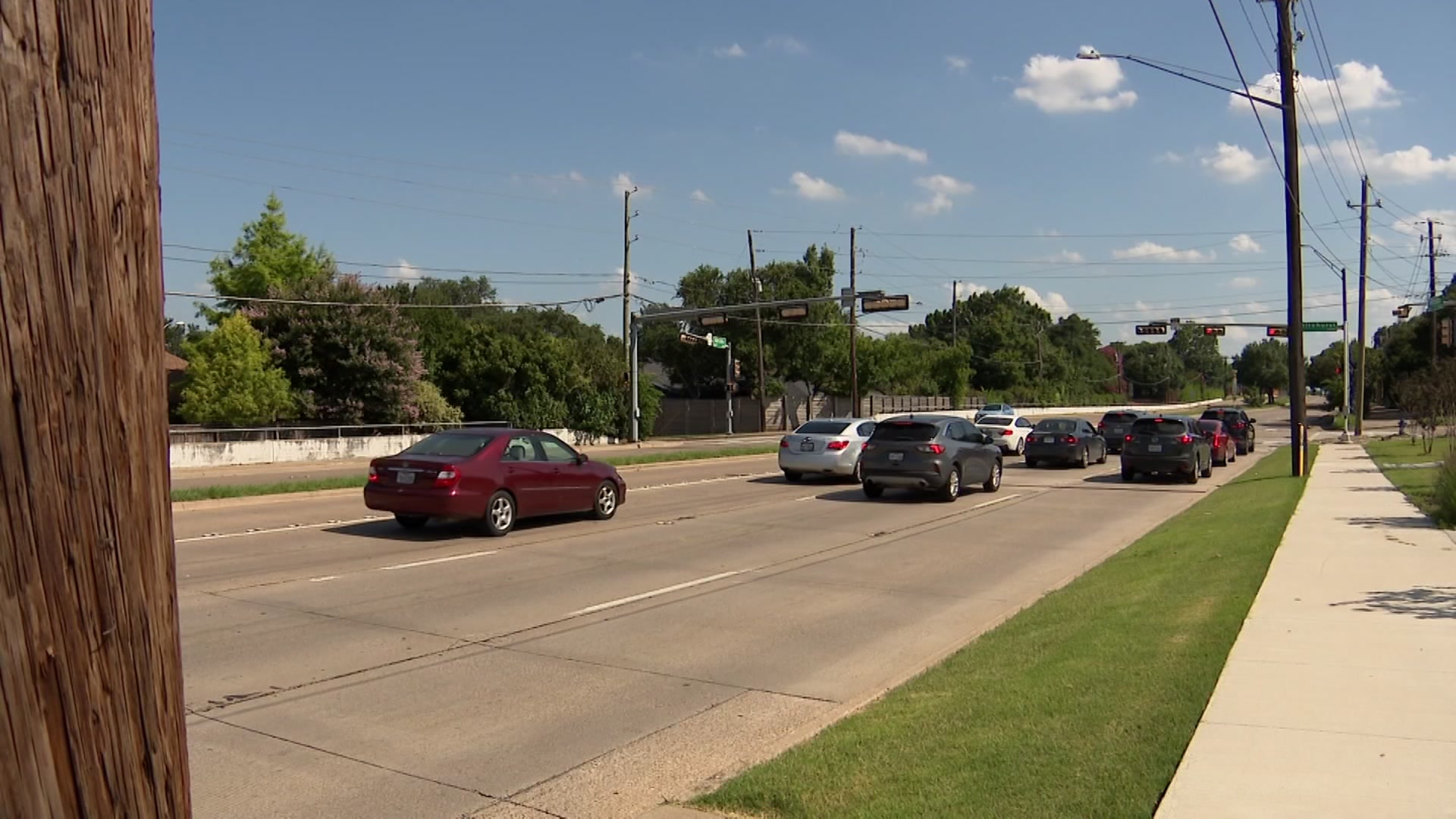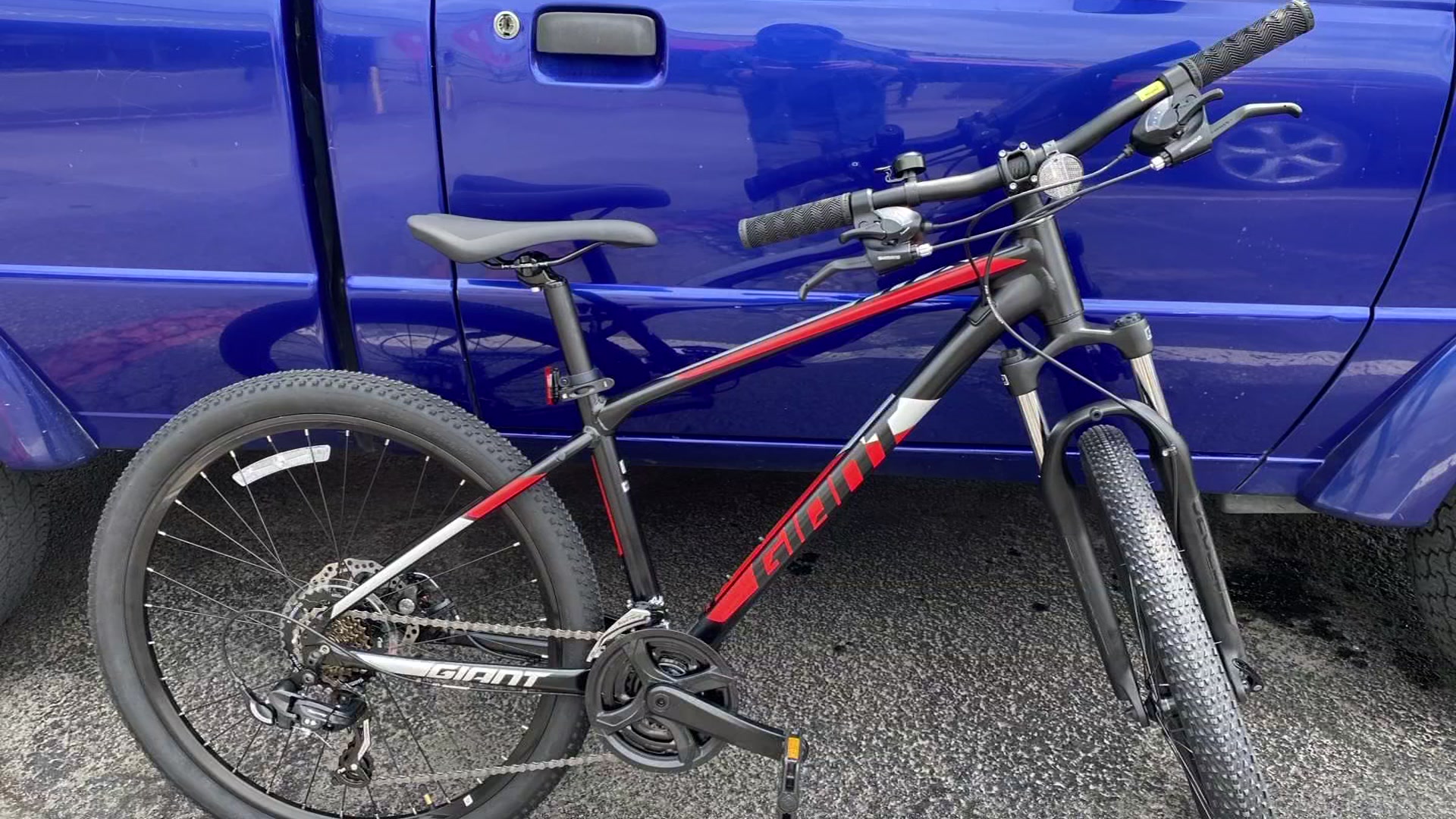Much of the U.S.-Mexico border is vast, wide-open desert where dust storms outnumber people.
Border patrol agents running patrols along the Mexico-New Mexico border call the inhospitable land around Camp Ramsey home for stretches of eight days.
The camp – a permanent, forward operating base for the U.S. Customs and Border Protection Department – was opened in 2009 so that agents could be more efficient. Without the FOB, all of the agents protecting New Mexico's southern border would be working out of the El Paso sector, which is headquartered more than 130 miles away.
"It's having the means and the ways of putting your resources closer to the border," said Border Patrol Agent Ramiro Cordero.
Without the FOB, Cordero said agents would spend most of their shift getting to and from their patrol zone rather than looking for people trying to cross the border illegally.
Agent Richard Arevalo, who has been surveying the border for nearly nine years, keeps a close eye on the dirt.
"It's the most basic way we have of finding illegal aliens," Arevalo said. "We're not just looking for the footprints, we're also looking for tiny little disturbances, just like that one."
Arevalo is on the front line for finding undocumented immigrants.
Since President Donald Trump took office in January there's been about an 80-percent decrease in apprehensions.
Local
The latest news from around North Texas.
Even with the drop in numbers, Cordero added that agents must remain vigilant because there's always someone trying to cross the border illegally.
When asked about the likelihood of someone waiting to cross the border now, as we sat in a parked vehicle at the border, he assured me there were people out there.
"There is somebody out there trying to get in," Cordero said. "Where? That's the key. Where?"
Along the one stretch of the border, the barrier in place is only chest-high Normandy fencing. It's designed to keep vehicles from crossing the border, not people.
"Is it the best? No. It's never the best, but it does its job. It prevents vehicles from coming across," said Cordero.
Underground, the Border Patrol has buried thousands of sensors. They leverage other technology, too, including vehicles with mobile surveillance technology like infrared cameras that pick up heat signatures and allow agents to see people at night.
"I can go further in there and verify what it is. If it's a person, or an animal or a vehicle," said Edgar Quintanilla, with U.S. Customs and Border Protection.
Despite all the tools, people are still getting across the border illegally.
"We understand that we can't keep everybody out," said Cordero. "The word is getting out, you know? You violate the law, there's going to be a consequence for it."
So agents will continue to call this FOB home – so that people who live hundreds of miles away can feel secure knowing someone is watching the border to keep them safe.



